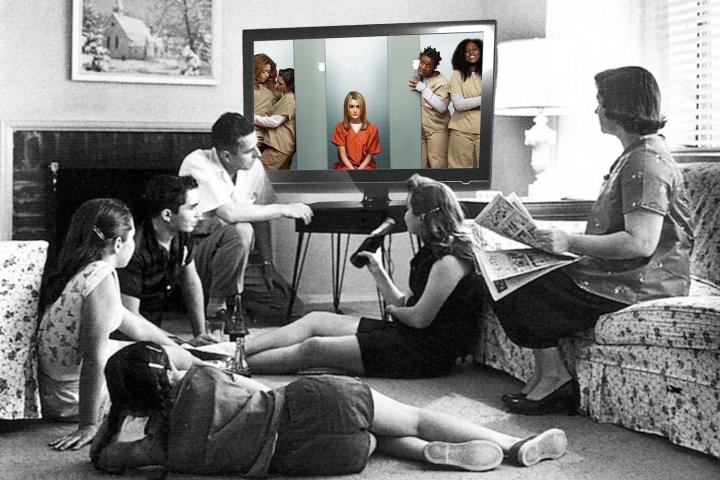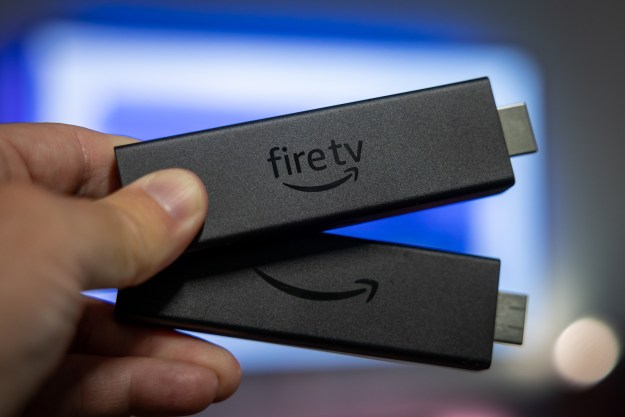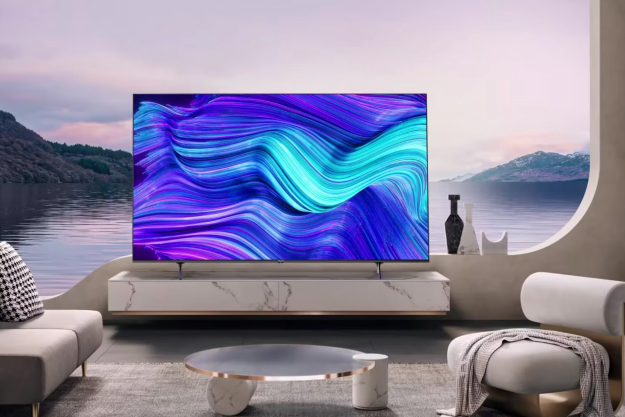
The term cord-cutting is becoming a familiar refrain when it comes to the now contentious relationship you might have with your cable company. The average cost of a cable bill has doubled in the last 10 years, and it seems digital alternatives are having an impact on getting people to cut that cable cord and go it alone with the likes of Netflix, Hulu and Amazon Prime (among other options, some of which probably fracture a copyright law or two). There are numbers that now show a steady trickle downward, suggesting the “urban myth” of cord-cutting isn’t so mythical anymore. But then again, was it ever really a myth in the first place?
Cord-cutting has been part of the TV conversation for a while, but it picked up a little more steam recently after big cable providers — Comcast, Time Warner, Cablevision and Charter — lost a net 320,000 subscribers in Q2 of this year alone, according to One Touch Intelligence. The number was 325,000 in Q2 2012, so there wasn’t a big bump up this time around, but losing 645,000 subscribers in two quarters over two years is a bit of a slide.
A work in progress
A closer look at the numbers show what’s really going on. Despite losing customers in Q2 last year, the top 13 cable providers (which represent 94% of the market) gained some in Q3 and Q4 to cushion the blow. But 2012 was big because it marked the first time the cable industry lost a net number of subscribers. All told, 80,000 were gone over the course of the year. Some of that was made up in Q1 2013 with 195,000 added, but as mentioned above, 320,000 left over the three months from April to June. Can such a topsy-turvy trend really indicate that cord-cutting is a serious threat?
By 2016, an estimated 9 million households will cut their cable subscriptions completely…
Maybe not “serious” yet, but nonetheless potentially irreversible. Leichtmann Research Group found that the 195,000 number paled in comparison to the 445,000 who jumped on board with cable providers in the same time period in 2012.
Craig Moffett at Moffett Research reports that the 12-month period ending on June 30 saw 316,000 total net subscribers cut the cord (a paltry 0.3% of the market). The rate of decline is likely to be hotly debated for some time, and only until numbers for the third and fourth quarters of this year are released will it become more apparent if the decline is picking up major steam.
One reason why the second quarter has traditionally been viewed by the pay-TV industry as a “soft” one is because students return home from college, snowbirds in warmer states head back north and vacation planning takes hold for those going away. Moffett even says subscription spikes and dips have traditionally followed housing market trends.
But since 2008, subscriptions haven’t followed those trends at all. By 2016, an estimated 9 million households will cut their cable subscriptions completely, according to MagnaGlobal. So if you’re thinking of doing it between now and then, you certainly won’t be alone. If that number is true, net subscription losses will soon number in the millions each year. But that forecast was done almost two years ago, and the net losses haven’t accelerated at the pace they thought they would, so 9 million might turn out to be more like four or five. There are about 100 million TV households in the U.S., but despite the single-digit percentages, the cable guys and Big Media will take notice. If it gets closer to double-digits, everyone might start to notice.
Is this the calm before the storm?
Usually, big trends start with a trickle before a flood starts to take hold, and in this case, pricing and availability have a lot to do with it. The average cost of a monthly cable subscription was $86 as of 2011, when it was just $40 in 2001. The advent of HD channels and bundling made it possible to offer much more programming in that 10-year span, but at an expense that a growing segment of consumers are apparently finding unsustainable or unnecessary, given other options. A combination of services like free over-the-air (OTA) programming, Netflix, Hulu, Amazon Instant Prime, Aereo and more would still be much less than a typical subscription.
With the monthly cable bill forecasted to balloon to $123 per month in 2015 by NPD Group, it’s plausible that even consumers who aren’t overly anxious to cancel might do so just because of the hefty cost. An a la carte system isn’t the answer just yet, though it has some upside to it because of the freedom of choice it provides at the micro level. Except TV channels, especially the popular ones, are owned by massive TV empires that could probably withstand a larger number of subscribers jumping overboard. And by the time that happens, some of them will have already made up losses by venturing into other value-added services, whatever they may be.
The industry peaked like it never had before from 2000-2010 as the HD era emerged under the shadow of the financial crisis, and still managed to do well up until last year. Early cord-cutters are essentially the same as early adopters of a new technology or service. They understand what the alternatives are, believe they can work for them, and then finally cut themselves off from the old guard and go headfirst into something newer and different. Of course, the masses don’t move that way — they tend to be a collective molasses that bides its time and flows in the other direction with a slow current. No doubt, pay-TV providers know that all too well, so it’s understandable that they wouldn’t panic at losing a few hundred thousand customers in a year.
Cord-cutting : It’s not just for pirates anymore
Even so, a grassroots movement is afoot, and it’s growing, albeit at a somewhat glacial pace. The irony is that it largely began through rampant piracy, which has always been an irritant of any major content provider. Was HBO pleased that the season finale of Game of Thrones set a torrent record with 170,000 people sharing the episode simultaneously? More than a million downloaded the show in a single day. An untold number have done so since it was made available in June. It may not be overly surprising if the show is crowned the most pirated show of the year, like it was last year.
… a grassroots movement is afoot, and it’s growing, albeit at a somewhat glacial pace.
It turns out that HBO didn’t mind so much. Cord-cutters were likely among the millions who downloaded the entire season, but HBO executives have actually publicly credited the illicit trade in content as a boon to the show’s popularity. Part of the reason for that might be because the extent of the file sharing doesn’t really impact the channel’s revenue or DVD/Blu-ray sales. Chances are, they’d be singing a different tune if the pirates started to inch closer in number to paying subscribers. We’re not at the tipping point yet, clearly.
Suggesting cord-cutting was an urban myth might be a little off the mark because it wasn’t mythical, just too small in number to garner any attention. It might even be premature to call it a “movement” since it’s not organized. People are cutting the cord for any number of reasons, be it financial, technological, principled, or even philosophical. Whatever the motivation, there is a very real possibility that pay-TV subscriber bases aren’t just descending to a lower plateau, but might eventually dive into a tailspin over the next 10 years. No one knows for sure what the industry will look like in 2023, though it’s hard to imagine it having more cable and satellite subscribers than it does now.
Editors' Recommendations
- These live TV streaming deals make now a great time to cut the cable cord
- Why 2021 could be the beginning of the end for cable TV
- Coronavirus lockdowns could be accelerating the death of cable




